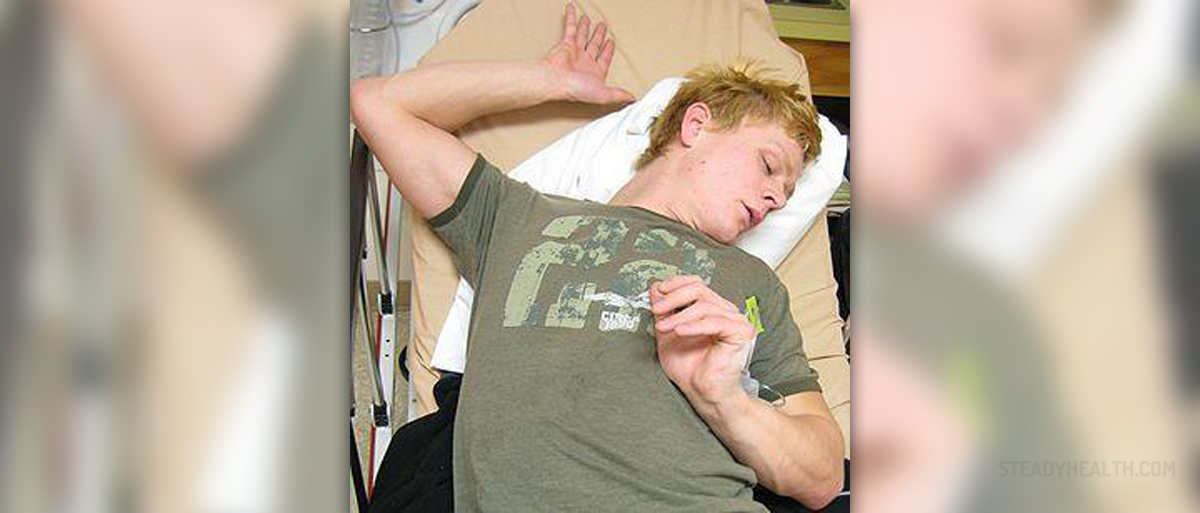
Torsion dystonia is a rare genetic disorder that causes involuntary spasms and contractions of muscles leading to abnormal movements and posture. It can affect one part of the body such as an arm or leg. Torsion dystonia is usually diagnosed in children aged 11 or 12 years. This early onset is typical for primary or idiopathic torsion dystonia. Given below are common signs and symptoms as well as types of torsion dystonia.
Causes of Torsion DystoniaTorsion dystonia is a genetic disorder caused by abnormality in protein TorsinA due to a mutation in the copy of gene DYT1 (genetic torsion dystonia). Defective protein TorsinA is the cause of disruption in neuron communication leading to poor muscle movement control. Torsion dystonia is inherited in autosomal dominant mode, which means it can be passed from one parent. Sometimes, torsion dystonia can be caused by trauma. This may occur due to a severe accident that causes constant stress on joints and muscles. Typically, torsion dystonia initially displays in a form of mild contractions but then symptoms start to progress depending on different types of the disease.
Torsion Dystonia Types
Genetic torsion dystonia can be classified into different types based on the part of the body affected by the disorder. The following are torsion dystonia types.
Cervical Dystonia - also known as spasmodic torticollis, characterized by involuntary contractions of the neck muscles leading to abnormal movements and posturing of the head. Blepharospasm - represents uncontrolled muscle contraction or twitch of the eyelids. It causes the eyes to remain closed for a long period of time and may lead to vision problems. Oromandibular Dystonia - a type of torsion dystonia characterized by involuntary muscle contractions in the jaw, lips and tongue. It may cause the affected individual to suffer from an open or closed jaw for long periods of time and may have difficulty eating, drinking and swallowing. Spasmodic Dystonia – it is a disorder of the vocal cords. This type of torsion dystonia causes speech related problems which manifest as speech that sounds like a whisper or hesitation while speaking. Writer’s Cramp – it is occupational dystonia characterized by muscle contractions in the hand and forearm. Orofacial-Buccal Dystonia - it is also known as Meige’s or Brueghal’s syndrome. This type is a combination of blepharospasm and oromandibular dystonia.Symptoms of Torsion DystoniaSymptoms of torsion dystonia start to appear between the ages of 5 and 16. Initially, symptoms are present in the foot or hand but then gradually progress to the rest of the body.
Torsion dystonia causes involuntary twisting of the hands, mouth and tongue, neck pain, jerking movements of the head, excessive blinking, difficulty walking and writing, and stuttering or difficulty speaking.
- emedicine.medscape.com/article/1150643-overview
- www.nhs.uk/conditions/dystonia/
- Photo courtesy of James Heilman, MD by Wikimedia Commons: commons.wikimedia.org/wiki/File:Dystonia2010.JPG



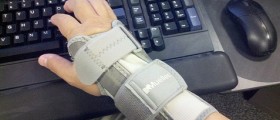


_f_280x120.jpg)


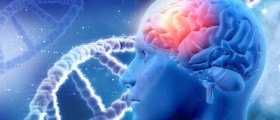
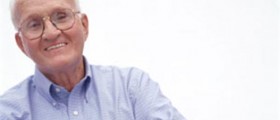


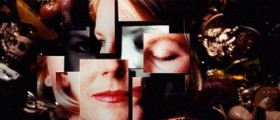


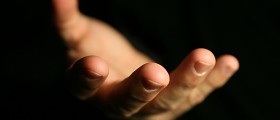
Your thoughts on this
Loading...